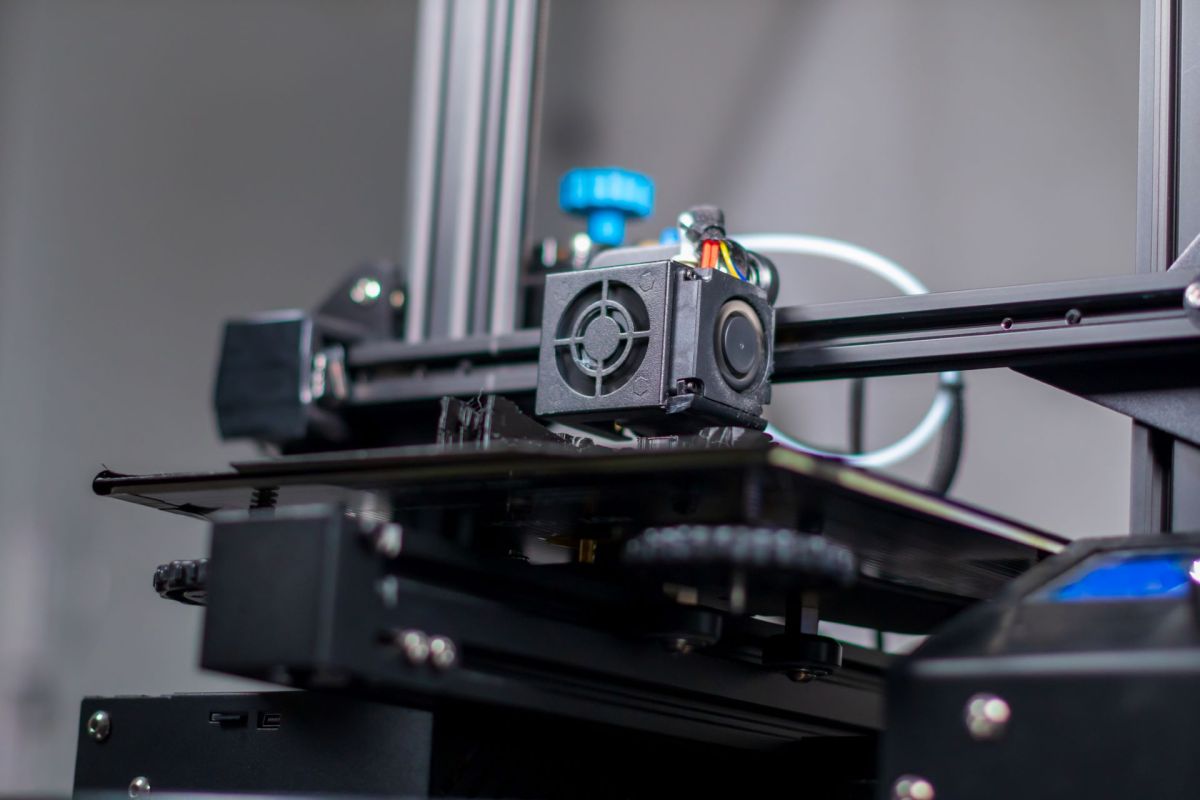Digital Building Technologies recently unveiled Airlements, a new project focused on 3D-printed building insulation made with recycled materials.
DBT is part of ETH Zürich, a research university in Switzerland. At DBT, researchers seek out new methods and materials to streamline construction and improve building quality.
Airlements insulation is made of lightweight, 3D-printed foam made from recycled waste. The DBT team aimed to "reduce the amount of material, labor, and costs," required for insulation production, according to DBT's website.
The Airlements prototype consists of four hollow foam blocks. Each weighs about 55 pounds and takes under an hour to print. After printing, the blocks were dried and hardened in a temperature-controlled environment for one week. This process uses substantially less energy and resources than traditional insulation methods.
The foam used for Airlements is made by FenX, a sustainable insulation developer. Because it uses recycled materials, the foam can be made using less carbon than traditional concrete or plastic foam insulations. Additionally, because FenX's foam is the only ingredient in the insulation, it can easily be recycled or reused once no longer in use.
Airlements insulation is built to be customizable depending on the building's needs. The foam's density and porosity can be adjusted depending on the building's location and needs, lending greater strength and more efficient insulation.
Find the best HVAC solution to heat and cool your home more efficiently Mitsubishi Electric’s efficient heating and cooling HVAC solutions can help you stay comfortable no matter the weather or region. You can even regulate temperatures in each room with individually controlled all-electric heat pump systems. With an energy-efficient, all-climate system from Mitsubishi, you can reduce the amount of energy needed to heat and cool your home, receive up to $2,000 in tax credits, and get peace of mind knowing you’re choosing rigorously tested, high-quality products. |
According to DBT's website, "The Airlements prototype represents a significant milestone in the research on digital fabrication with foamed materials."
The DBT team plans to continue working on Airlements to increase the load-bearing capacities of the foam blocks.
Efficient insulation often requires concrete frames to hold the insulation. Manufacturing these frames generates a lot of waste and harmful emissions — concrete production accounts for 7% of global carbon emissions, according to Inhabitat. By creating insulation from recycled materials, DBT is cutting costs, materials, and emissions.
Join our free newsletter for weekly updates on the coolest innovations improving our lives and saving our planet.
TCD Picks » Upway Spotlight
💡Upway makes it easy to find discounts of up to 60% on premium e-bike brands














